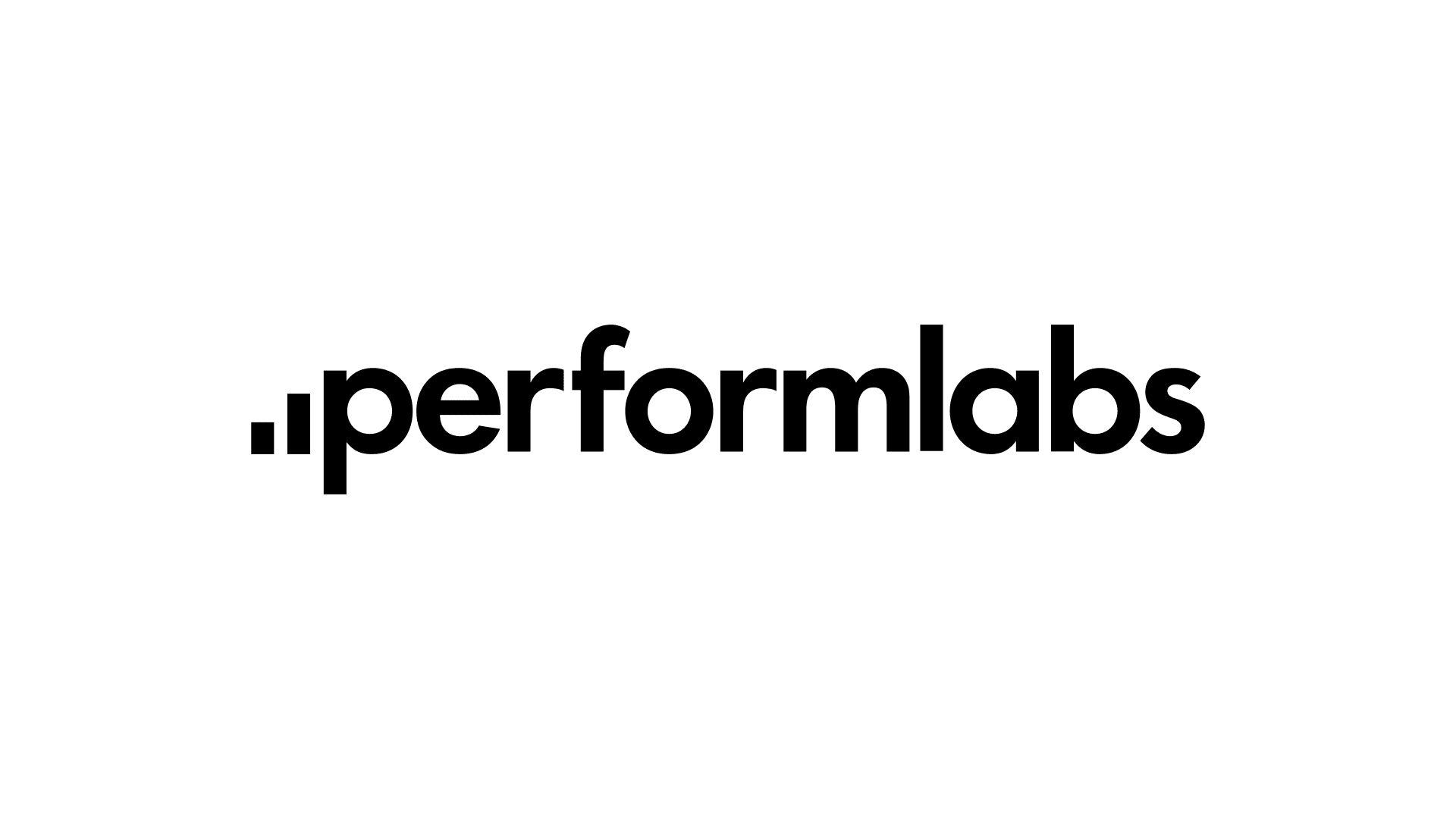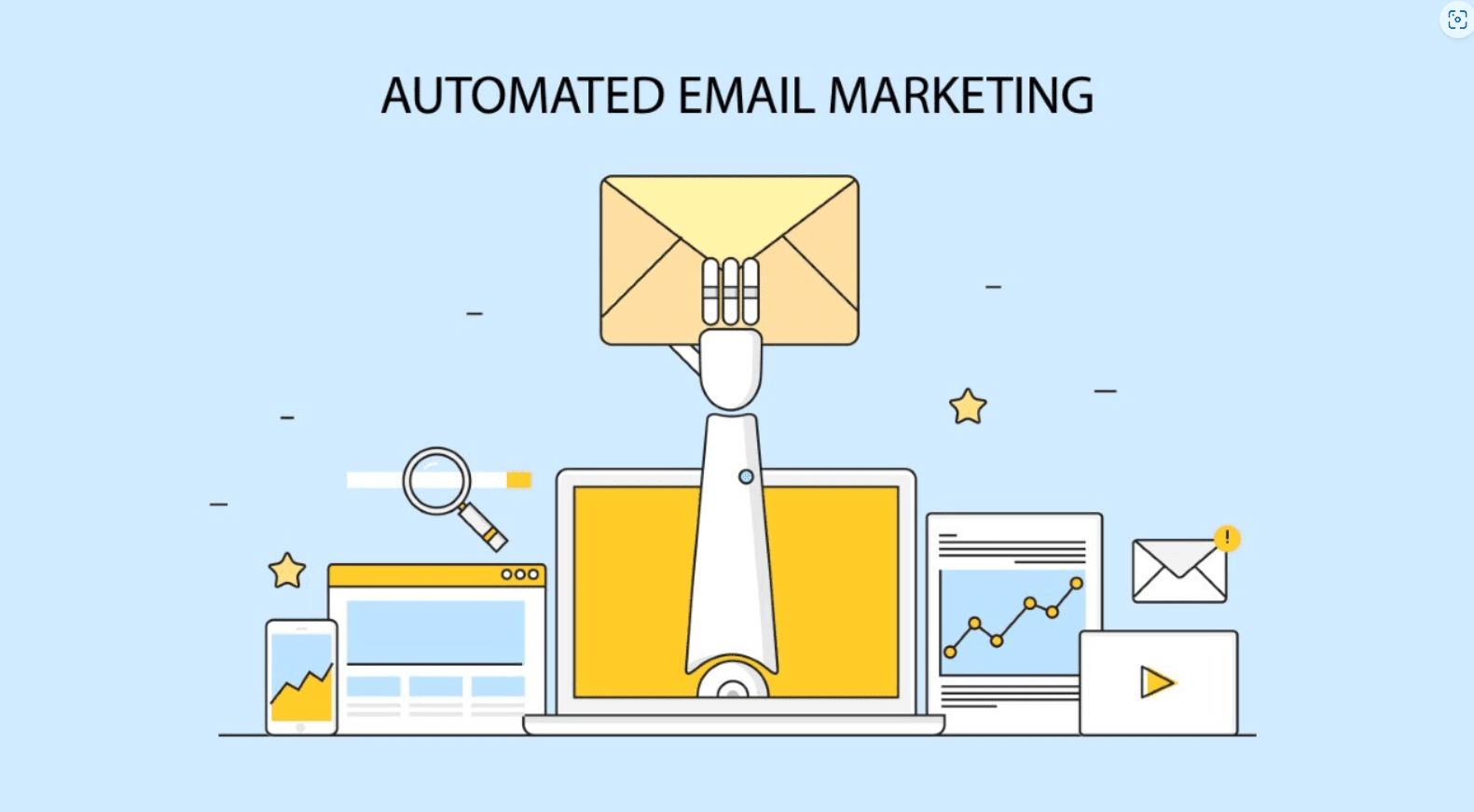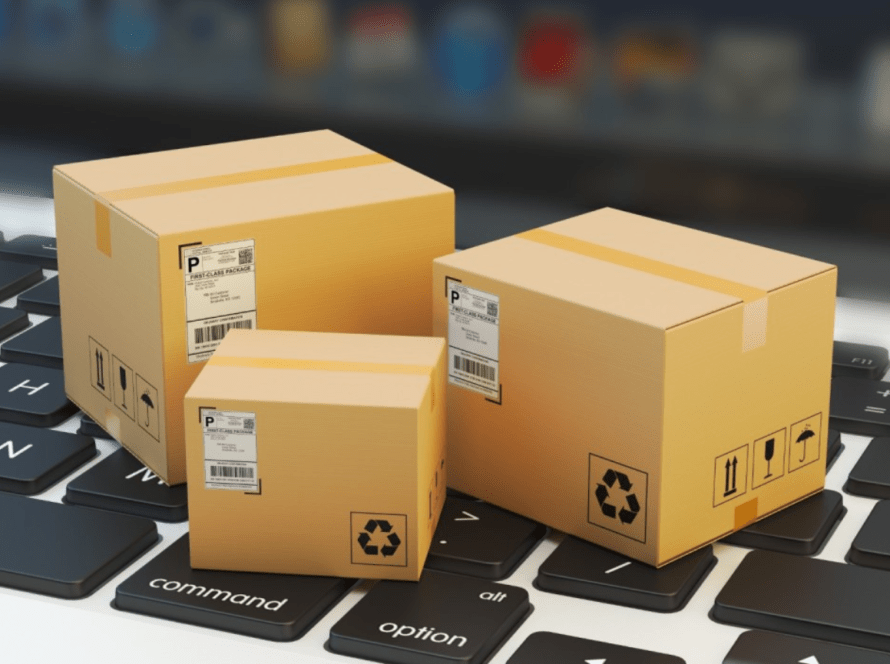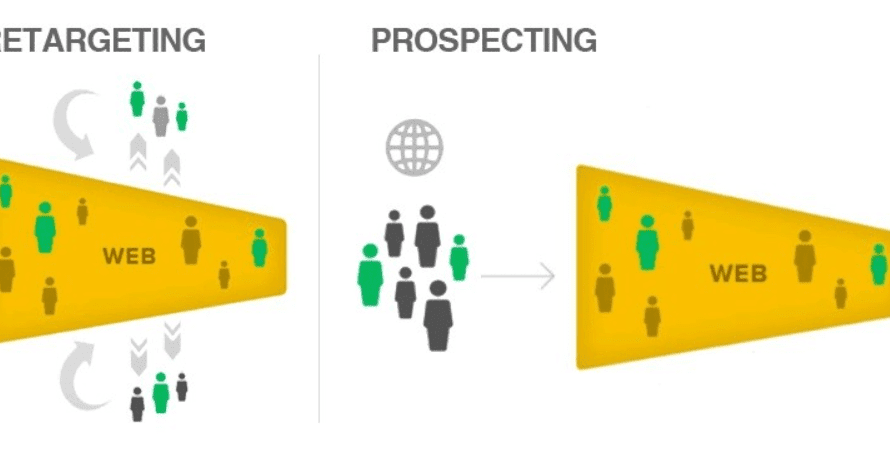When it comes to email marketing automation, using the right approach is critical to the success of your campaigns. When selecting an automation platform, consider simplicity of use, capabilities, integrations, and affordability.
An important feature to look for in an email marketing automation solution is the ability to develop and configure automated workflows. These workflows allow you to define triggers, actions, and conditions for when specific messages are delivered to your subscribers. For example, you may set up a process to send a welcome email to new subscribers, followed by a series of informative or promotional emails for several weeks or months.
The automation platform’s usability is also a significant consideration. Look for a tool that has a user-friendly interface and easy drag-and-drop capability, allowing you to effortlessly develop and manage processes without requiring technical or programming expertise.
Integration with other tools and platforms is also important since it helps you to improve processes and automate jobs inside your marketing system. Look for a platform that works well with your CRM, e-commerce platform, social media, and any other tools you use to handle client relationships.
Finally, think about the cost structure of the email marketing automation platform. Some solutions charge depending on the number of contacts in your list, while others charge based on the quantity of emails sent or the features used. Choose a product that matches your budget while also providing the functionality and capabilities required for your unique marketing objectives.
Overall, choosing the best technology for email marketing automation is an important stage in your marketing plan. With a little study and comparison of possibilities, you may choose a solution that suits your requirements and helps you reach your marketing goals.
Segmentation is a powerful email automation technique that enables you to send individualized, targeted messages to your subscribers based on their interests, habits, and other factors. Segmenting your subscriber list ensures that each email is relevant and beneficial to the receiver, increasing engagement and, eventually, conversions.
To begin, decide the criteria you wish to apply for segmentation. This might contain demographic information about the user, such as their gender or location, as well as behavioral data, such as prior purchases, email exchanges, or website activity. Ask yourself: What do you want to achieve with email automation? Are you wanting to increase sales or get clients to spend more time on your website? Or perhaps you want to enhance traffic to your website.
When building your campaigns, make sure your communications are personalized and your material is relevant. Use dynamic content to personalize your communications depending on subscriber information like their name, location, and purchase history.
Once you’ve decided on your segmentation criteria, you can use your email automation service to generate segments based on them. For example, you might build a section for subscribers who have purchased a certain product or who have opened your emails during the last month.
Segmenting your subscriber list allows you to create automated email flows that send the correct message to the right person at the right time. For example, you may send a series of welcome emails to new subscribers, a series for those who have abandoned a full shopping cart, or a series to re-engage subscribers who have not viewed your emails in a long time.
Aside from increasing the relevancy and efficacy of your email automation, segmentation may improve the general “health” of your subscriber list. It achieves so by lowering the possibility of spam reports and unsubscribes. Subscribers are more likely to remain subscribed if they believe the information is relevant and beneficial to them. Their contact is likely to increase under these circumstances. They get a sense of relevance and value from your attention to detail and the way you provide material to each subscriber separately.
When setting up automation, it’s critical to design processes that are appropriate for each stage of the customer’s “journey.” Here are some steps to consider while creating automated flows:
Welcome Sequence: The “welcome” scenario consists of a sequence of automated emails delivered to new subscribers to greet and introduce them to your business. This scenario often consists of three to five emails that showcase your brand’s value, present relevant material, and push subscribers to take action (such as completing a purchase or following on social media). The welcome series is a wonderful method to provide a nice initial experience and foster relationships with new subscribers.
Abandoned Cart: The abandoned cart trigger is a sequence of automatic emails sent to consumers who have added things to their basket but have not completed the transaction. These emails usually feature a reminder of the products in the basket and a call to action to finish the transaction. You may also provide discounts or free delivery to entice people to complete their transactions.
Relationship Building: The “relationship building” scenario consists of a series of automated emails aimed at gradually educating and engaging subscribers. The scenario might include a variety of material, such as blogs, videos, case studies, and other resources that are valuable to subscribers. The purpose of “relationship building” is to keep your brand in subscribers’ thoughts and progressively engage them, eventually driving them to become customers.
Re-engagement: The “re-engagement” scenario consists of a series of automated emails delivered to subscribers who have not reacted to communications in some time. These emails often feature a reminder of the subscriber’s prior contacts with your company, as well as a call to action to re-engage. You may also offer discounts or free delivery to entice subscribers to become active again.
Post-Purchase: The post-purchase series is a series of automated emails delivered to clients following a transaction. This series can contain a variety of items, including order confirmations, delivery updates, and product suggestions. The “post-purchase” series aims to give an outstanding client experience, increase consumer loyalty, and stimulate future purchases.
Each of these automated processes is intended to give subscribers and consumers a tailored, relevant experience throughout their trip. Setting up these automatic workflows allows you to save time, enhance engagement and conversion rates, and develop a deeper relationship with your audience.
To summarize and explain:
- When choosing an email automation solution, there are various variables to consider. Look for an easy-to-use product with a high reputation in the business. Popular solutions include Mailchimp, HubSpot, ActiveCampaign, Klaviyo, Quarticon, and Drip. In addition, several of our organizations have embraced regional solutions such as WebPower and SalesSnap. The selection is substantially greater; I’ve simply shown a few instances. Consider the elements that are most critical to your organization, such as segmentation, customization, and analytics.
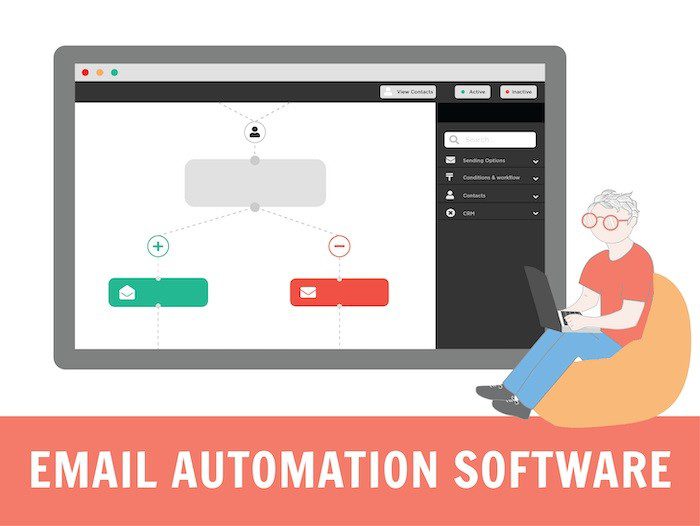

- Mapping Your Customer’s Journey entails finding touchpoints where you may send automated emails. This encompasses welcome emails, abandoned cart emails, and post-purchase follow-up emails. By charting your customer’s path, you can make sure your automated emails are relevant and timely. Consider synergy with other digital outlets.
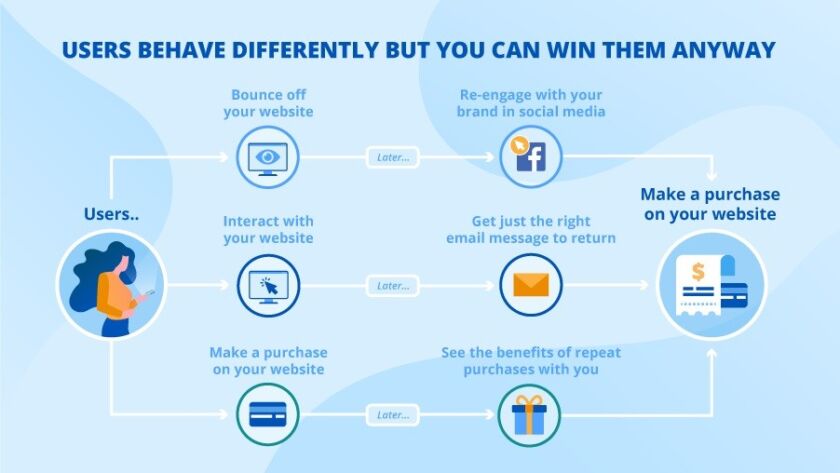

- Test and Optimize Your Campaigns: Testing and optimizing your campaigns entails testing with various aspects such as email subject lines, content, headlines, and calls to action. Use A/B testing to see what performs best and make any changes. Monitor your campaign KPIs, including as open rates, click-through rates, and conversion rates, to uncover opportunities for improvement.
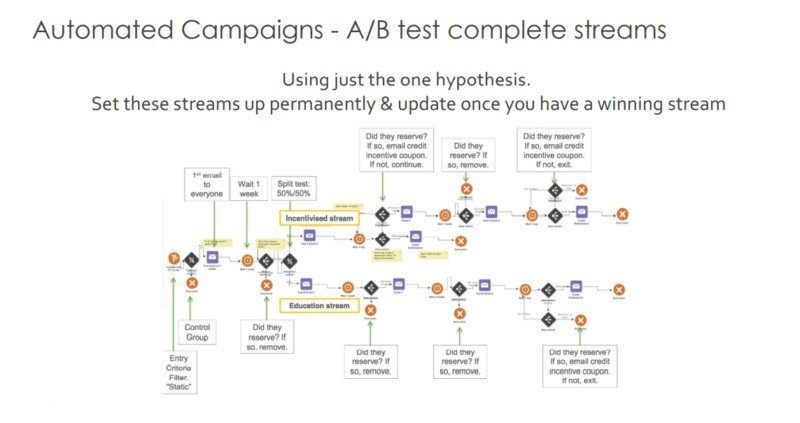

HubSpot users commonly test the following elements::
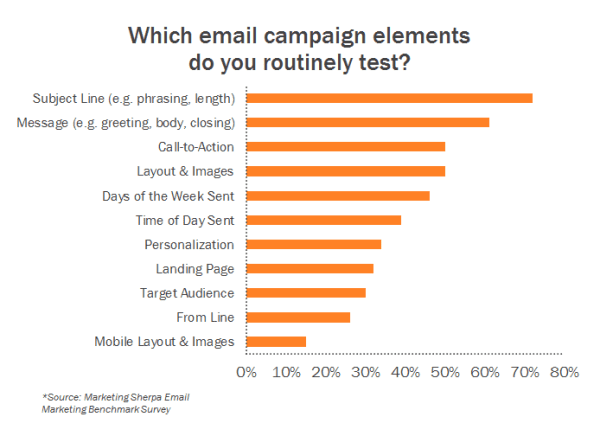

- Monitor Your Email List’s “Health”: Email list hygiene is critical for ensuring email engagement and deliverability. Clean up your email list regularly, removing inactive or bounced addresses. Ensure that your subscribers have agreed to receive your communications. section your email list by involvement level and send appropriate messages to each section.
- Provide Valuable Content: Your email automation campaigns should add value to your subscribers. This includes sharing relevant material, giving unique incentives, and making personalized suggestions. By providing value, you may earn the confidence and commitment of your subscribers.
- Use Dynamic Content: Dynamic content means personalizing your emails depending on subscriber information like name, location, interests, and behavior. This allows you to send more tailored communications to your subscribers.
- Include a Clear Call to Action: Each email should have a clear call to action that encourages recipients to participate. This might include visiting your website, completing a purchase, or subscribing to a newsletter. Use clear and compelling calls to action to increase engagement and accomplish outcomes.
- Segment Your Audience: To segment your audience, divide your email list into smaller groups based on similar qualities. These might include comparable hobbies, demographic information, or user behavior. This allows you to send messages that are more appropriate for each group.
Finally, automation is essential for email marketing success, and selecting the appropriate technology is critical. The tool should offer the features you want, be simple to use, interact seamlessly with other tools you use, and be within your budget. However, the technology alone does not address all issues. You must participate throughout the entire process and lay strong foundations. Segmenting your subscriber list is another important step since it allows you to send unique communications to each user. Automated flows are particularly crucial because they provide the correct messages at the right time, giving subscribers and customers a tailored and relevant experience at every point of their journey. Email marketing success also requires testing and tweaking campaigns, as well as maintaining the “health” of your email list.
This insight into email marketing for customization, especially the Wayfair case study, is based on Coursera.org material.
Wayfair, one of the largest home goods online retailers, demonstrates the strategic use of email marketing to improve consumer customization and engagement.
Wayfair’s origins as a collection of over 200 e-commerce websites and subsequent metamorphosis into wayfair.com in 2011 demonstrate the transformative potential of targeted email marketing. The cornerstone of Wayfair’s growth has been its expert use of email marketing to send personalized content suited to each customer’s path through the online shop. Achieving this degree of customization necessitates precisely created email campaigns, each tailored to specific visitor groups based on their interactions and interests.
For example, Wayfair uses a variety of methods in their email marketing to reach different client segments:
- Welcome emails introduce Wayfair to new clients while also highlighting product categories that may spark their interest.
- Recent customers may receive emails recommending comparable goods or special deals, further customizing their purchasing experience.
- Exciting material in emails can re-engage customers who have not visited the site in a long time, encouraging them to return and renew their living spaces. Wayfair’s strategy goes beyond standard email blasts.
- It stresses customization, delivering material at times when clients are most likely to be responsive. Wayfair uses powerful analytics and machine learning to continually optimize its email content, ensuring product suggestions are as tailored and relevant as possible.
Wayfair’s email marketing performance is measured not just by content relevancy but also by the timing and presentation of subject lines, which are essential to campaign success. Reflecting on methods from five years ago, when refining promotional content took a day and creating the right subject line took even longer, highlights the importance of detail in email marketing.
Furthermore, Wayfair recognizes the importance of the post-purchase experience. Recognizing that this phase has a considerable influence on customer happiness, the organization is committed to correcting any unsatisfactory experiences with compensation incentives, therefore promoting client retention and repeat purchases. This method has been beneficial, with around 50% of customers returning for more purchases.
The Wayfair story, as told by Coursera.org, emphasizes the importance of targeted email marketing in building closer relationships with clients and cultivating a loyal customer base. Businesses may dramatically improve their marketing strategy by testing, experimenting, and implementing learned insights continuously, as Wayfair proved.


